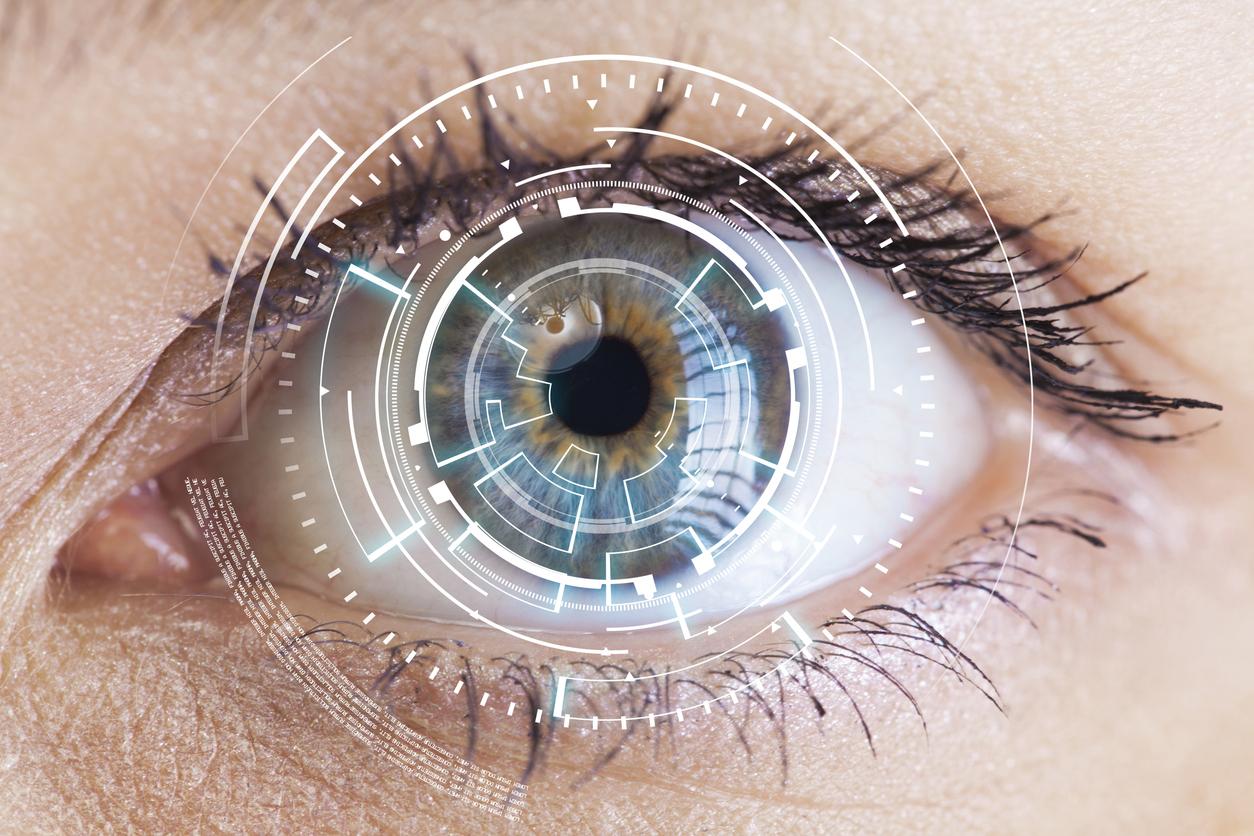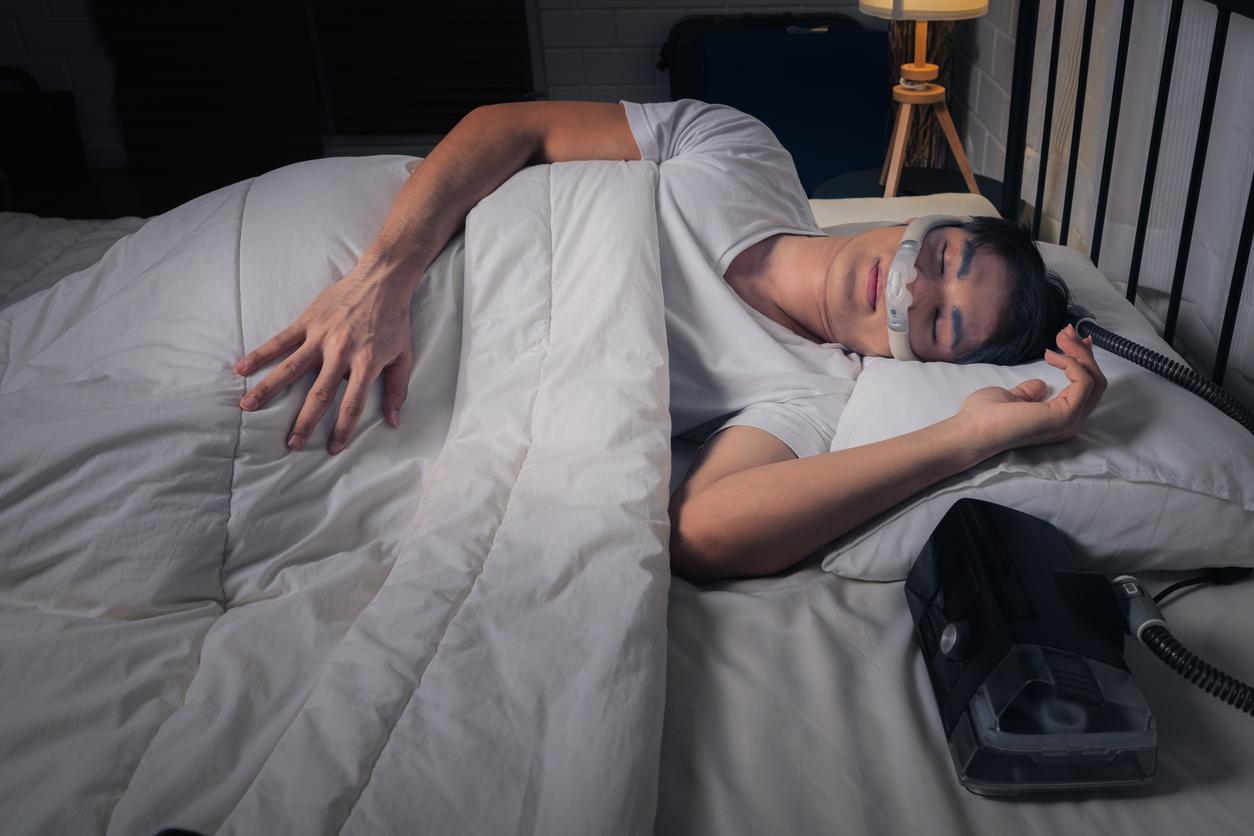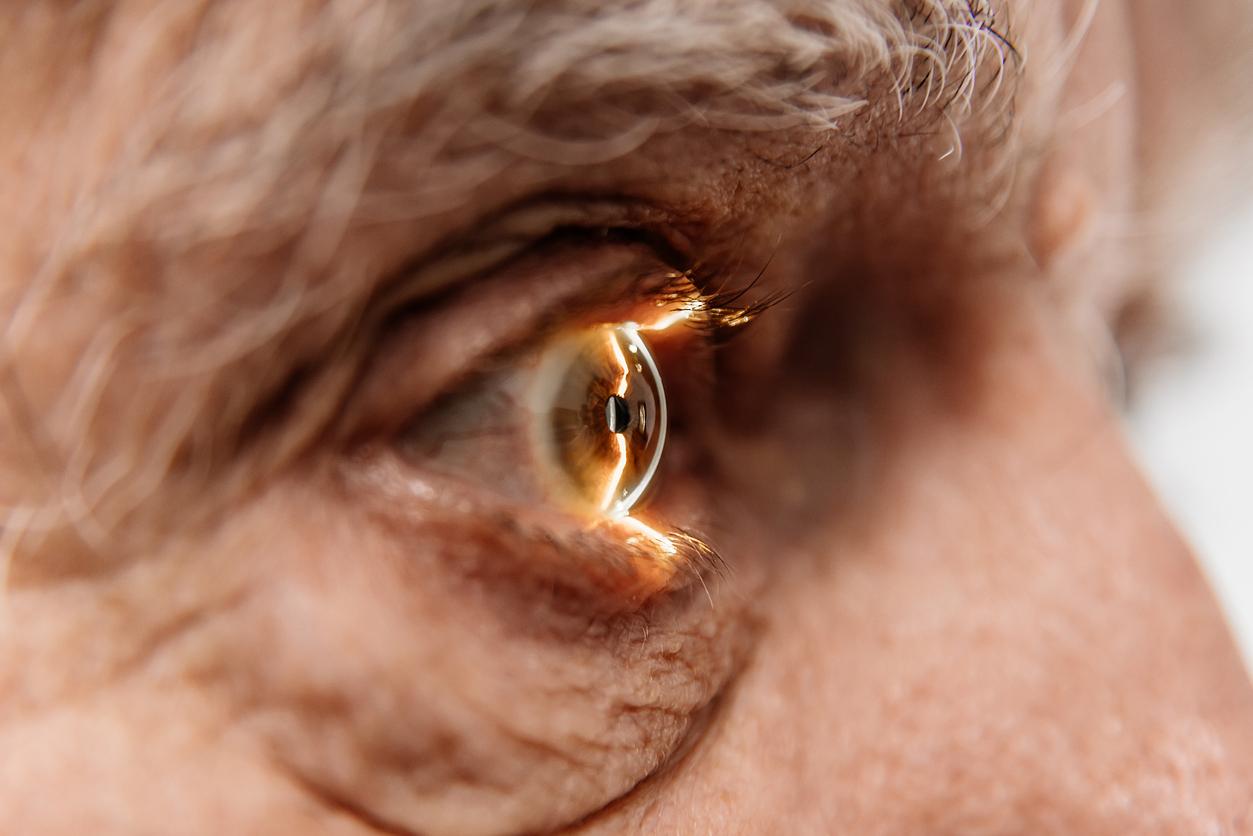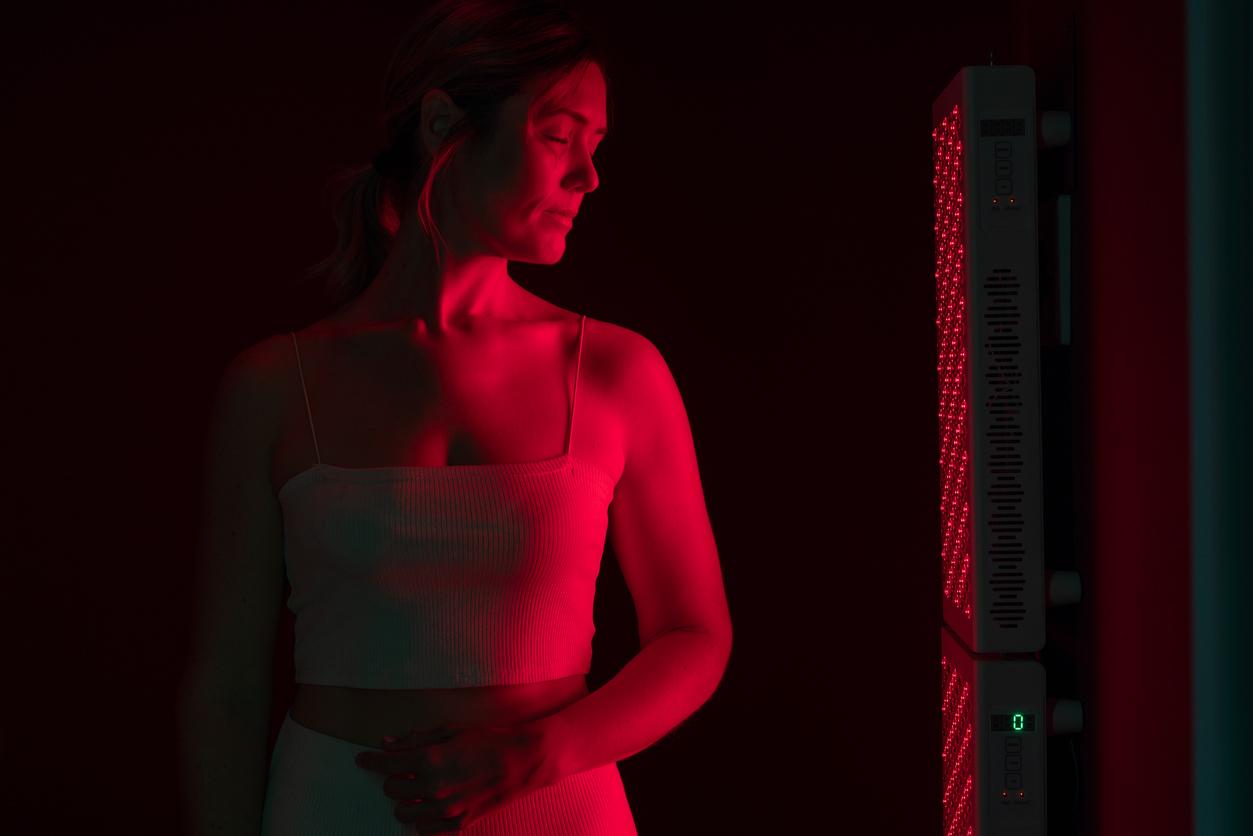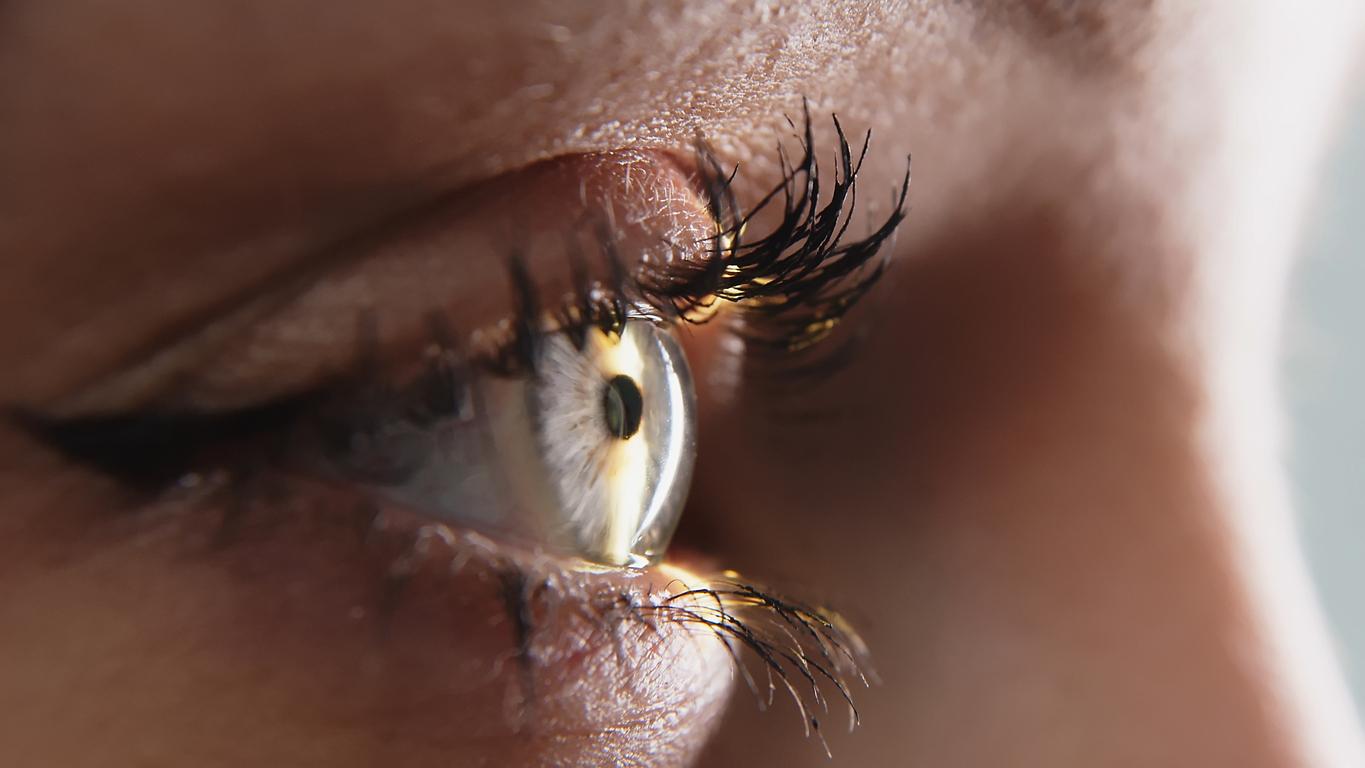Early detection of retinal disease would be possible with a device the size of a small camera. The designers of this device hope that it will be used by general practitioners.

A device the size of a camcorder to detect diseases of the retina, this is what researchers at the famous MIT, the Massachusetts Institute of Technology have developed. This device, presented this Sunday in the review Biomedical Optics Express, is able in a few seconds to scan the retina and therefore offer an early detection of diabetic retinopathy, glaucoma or even age-related macular degeneration (AMD).
These ophthalmic pathologies can obviously be diagnosed by an ophthalmologist but the patient must go to the specialist’s office, which few people do on a regular basis. To avoid permanent ophthalmic damage, people must indeed consult well before the first symptoms appear. This is why researchers at MIT tried to develop a portable device that could be used by general practitioners, pediatricians, or even in developing countries.
The device uses a technique called optical coherence tomography (OCT) which sends beams of infrared light into the eye and onto the retina. The echoes of this light are sent back to the device, which then measures the time and magnitude of this light echo, revealing the structure of the retinal tissue in cross section. To compensate for the fact that the operator is moving during the examination, the device takes multiple 3D images at high speeds. This technique, already used by ophthalmologists with their traditional devices, did not lose its reliability when the device was reduced to the size of a small camera. Tests have indeed shown that the images are of identical quality.
James Fujimoto, the author of the study, says the next step will be to test the device in a clinical setting. But also to find a way to lower its price, which is still relatively high, so that it can pass through the door of general practitioners’ offices. “Develop methods screening which are accessible To the general populatione could significantly reduce from unnecessary loss of vision “, predicts James Fujimoto.
.







